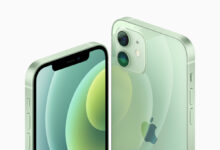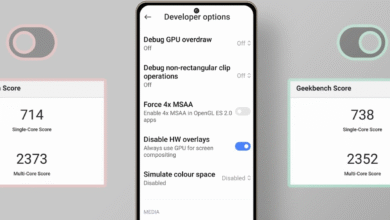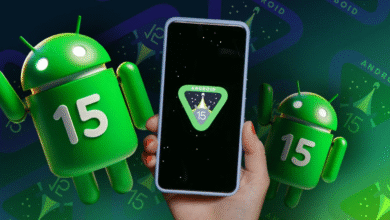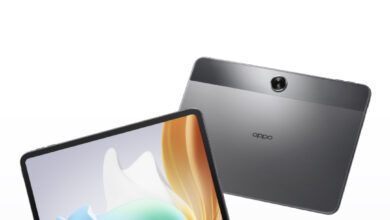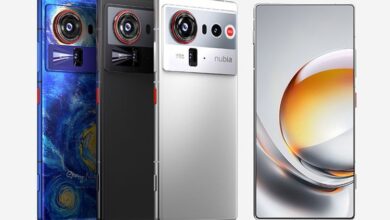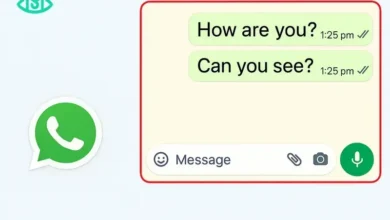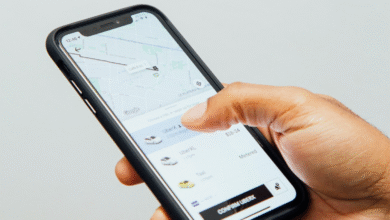iPhone Photography: Myths or Facts? Is the iPhone the Best for Video Quality?
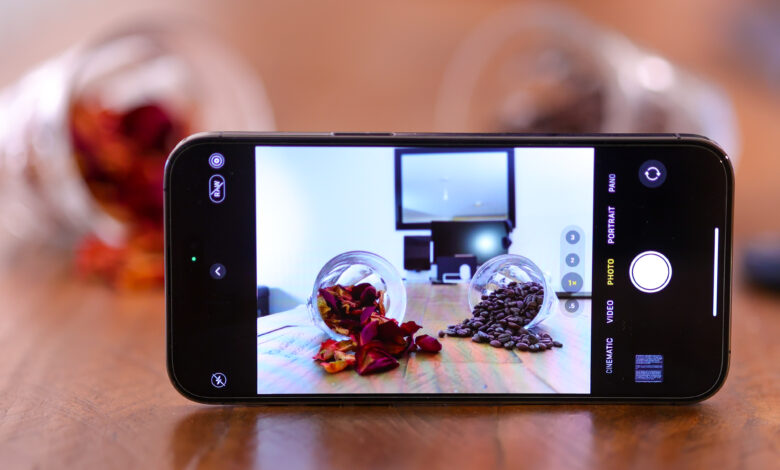
– Have you ever heard of the phenomenon called iPhonography?
Maybe you have ever felt when you wanted to document an event, but when you showedMobile phoneEveryone must ask “Isn’t it an iPhone?”
Reported,Here is one of the charms of “iPhonografi,” a term that has now become a kind of prestige label among content creators.
Literally, the term “Iphonography” or “iPhoneography” actually refers to the act of taking photos withMobile phonewhich you have usually Iphone quotedfromanwickcreative.com.
With the increasing popularity of the iPhone from year to year, the term “iPhoneography” was first introduced by a photography blogger, Glen Evans, whose blog no longer exists (Gomez Cruz & Meyer 2012).
There is also a moment featuring a content creator from South Jakarta, Andi, who is busy directing his phone without the help of additional equipment such as a large camera and rig.
However, with just one phone in Andi’s hand, the result of his video documenting his journey to Bromo is very cinematic and has a distinctive digital color tone.
“Amazing cinematography! Which camera did you use?” asked one of her followers.
According to the interview with Indonesian content creators, January 2025, Andi’s answer was very simple “Just an iPhone.”
That is the charm of iPhonografi or iPhoneograph, a term now synonymous with the cinematic quality of Apple phones.
Even Hollywood filmmaker Sean Baker once filmedTangerine(2015) only using iPhone 5S, directly he also conducted a campaign on behalf of iPhone and proved the capabilities of one of the products.Applenot just a gimmick.
Now, in the midst of Android’s growing aggressiveness, which is enhancing its camera capabilities and features with large sensors and extreme optical zoom, a new question arises: Is the iPhone still worthy of being called the “king of video” in 2025?
From Trend to Phenomenon: The History of iPhonography
A trend cannot emerge without a cause.
That is also the case with the phenomenon of iPhonography, where this term first appeared in 2011 in the photography community.
As Apple was already releasing its latest product, the iPhone 4, with HDR capabilities and high-resolution camera.
Since then, Apple has consistently developed its camera capabilities, such as featuresCinematic Mode, ProRAW,danProRes Video(terms that also appear in other iPhone series, iPhone 13).
Now, the term “iPhonografi” is no longer just a hobby, but has become a global phenomenon that influences content production patterns, creative economy, and public perspectives on visual quality that can only be achieved by usingSmartphoneiPhone.
This is part of a new generation of creators who believe that, with just their iPhones, they can produce works equivalent to professional production.
Why Is the iPhone Still Popular Among Content Creators?
According to the data collectedfrom several websites such asDxOMark, CNETyesGSMArenaHere are the top three reasons why the iPhone is still popular among content creators.
1. Smooth Lens Transition Like a Professional Camera
According to data cited from DxOMark, tests conducted in 2024 stated that the luminance differences on iPhones are below 5 percent.
Where this achievement is a rare finding among Android competitors.
When the lens changes, the iPhone almost doesn’t show color or extreme lighting changes.
Apple adjusts the color and exposure on each lens so that the video remains natural when the user zooms, a feature difficult for Android competitors to imitate.
Everything feels smooth, as if using a single camera with a professional zoom lens.
Even from the top 20 ranking dataTop Smartphone by Cameras,The iPhone series dominates.
With the top position, the top 3 is occupied by iPhone 17 Pro with a score of 168 out of 175 best scores.
2. Video Stabilization Without a Gimbal
Starting from the availability of the featureAction Mode, iPhone sets a new standard for mobile video stabilization.
New Mode Action and OIS (Optical Image Stabilization) system with sensor-shift technology combined with machine learning, producing stable videos even when recorded while running.
In December 2024, CNET even crowned the iPhone 15 Pro’s Action Mode as the best video stabilization benchmark in the flagship class.
3. ProRes: The Secret Weapon of Cinematic Class
The Apple ProRes format remains a major attraction for professional video creators.
This professional format allows for further editing with color depth up to 12-bit, supporting color grading processes in software such as Final Cut Pro.
This 10-bit codec is also used in cinema cameras such as ARRI and Blackmagic.
Now, the iPhone 15 Pro can directly record to an external SSD, making the workflow more convenient.
Here is a summary of the advantages of iPhone vs Android taken fromsmashedit.co.z:
–Performance reliability: Consistent and smooth operation
–Security assurance: Strong protection for personal data
–Ecosystem integrationUnlimited connectivity across all devices
–Long-term value: Better resale price and expanded support.
When the iPhone Starts to Lag
Although in some features and technologies, the iPhone is superior in consistency and workflow.
However, from the perspective of raw hardware, the iPhone is starting to be caught up.
1. Small sensor, challenge at night
The main sensor of the iPhone 15 Pro is 1/1.3 inches, while competitors such as the Xiaomi 14 Ultra and Vivo X100 Pro already use a 1-inch Sony LYT-900 sensor.
According to GSMArena tests (May 2015), the iPhone 15 Pro shows a noise level 40% higher than the Vivo X100 Pro in low light.
2. Zoom Still Lags Behind
The iPhone 15 Pro Max does have a 5x telephoto lens, but it is outperformed by the Samsung Galaxy S24 Ultra (10x optical zoom) and the Oppo Find X7 Ultra with its dual periscope system.
In the Zoom performance ranking released by Android Authority in 2025, the iPhone only ranked sixth, far behind the market leader, which is now dominated by flagship Android brands.
3. Manual Control? Have to Pay Again
For serious users, the limitations of the iPhone’s built-in camera app can be a hindrance.
iPhone still limits manual controls such as shutter speed, ISO, focus peaking, or white balance in the built-in camera app.
For manual control, the user must download a paid application such as Filmic Pro or Blackmagic Camera.
While flagship Android devices already provide a built-in “Pro” mode.
Myths or Reality?
In the MKBHD Blind Camera Test 2024, a blind test involving thousands of participants, the public actually preferred the night video results from Xiaomi 14 Ultra and Vivo X100 Pro over the iPhone 15 Pro, mainly because their details and textures were more natural.
Indirectly showing evidence that the perception of iPhone superiority is beginning to waver.
Reality: The iPhone still leads in terms of ease of use, consistent colors, and ecosystem integration.
iPhonography is now proven not just to be a marketing myth, but a reality of the creative industry formed from the combination of technology, social trends, and a solid production ecosystem.
Myths or Facts?
The phenomenon of iPhonography can no longer be separated from the social and cultural aspects of digital technology.
Having an iPhone and creating content with the label#ShotOniPhoneNo longer just a photographic practice, but also a visual identity statement.
According to the SocialVisual Report 2025, hashtags#ShotOniPhonehas been used more than 25 million times on TikTok and Instagram, making it the most successful user campaign in the mobile photography field.
Even IDC 2025 data also shows Indonesia as the third largest market for iPhone users in Southeast Asia for creative video production.
Globally, mobile filmmaking has increased by 22 percent, with 54 percent of independent film festival short films shot using iPhones, a figure that proves iPhonography is not just a passing trend.
In the MKBHD Blind Camera Test 2024, a blind test involving thousands of participants, the public actually preferred the night video results from Xiaomi 14 Ultra and Vivo X100 Pro over the iPhone 15 Pro, mainly because their details and textures were more natural.
Indirectly shows evidence that the perception of iPhone superiority is beginning to waver.
Fact: iPhone still leads in terms of ease of use, consistent colors, and ecosystem integration.
iPhonography has now been proven not just to be a marketing myth, but a reality of the creative industry formed from the combination of technology, social trends, and a solid production ecosystem.
Myths: The claim “best video quality in the world” is now starting to sound outdated.
In terms of low-light performance, extreme zoom, and manual control flexibility, Android has already surpassed.
Although it no longer holds an absolute technical advantage, the iPhone remains the most consistent device in terms of visual experience, post-production convenience, and cross-platform integration.
Your choice is in your hands
If you want instant results without much setup, are already accustomed to the Apple ecosystem, focus on a fast workflow (shoot-edit-upload), and shoot more during the day
The iPhone remains your best choice.
However, if the opposite is true, often recording at night, needing extreme zoom, and likes to experiment manually.
Flagship Android such as Xiaomi 14 Ultra, Vivo X100 Pro, or Samsung S24 Ultra are more suitable.
(Trainee from Sebelas Maret University/Mareta Galuh Ayuningtyas)
